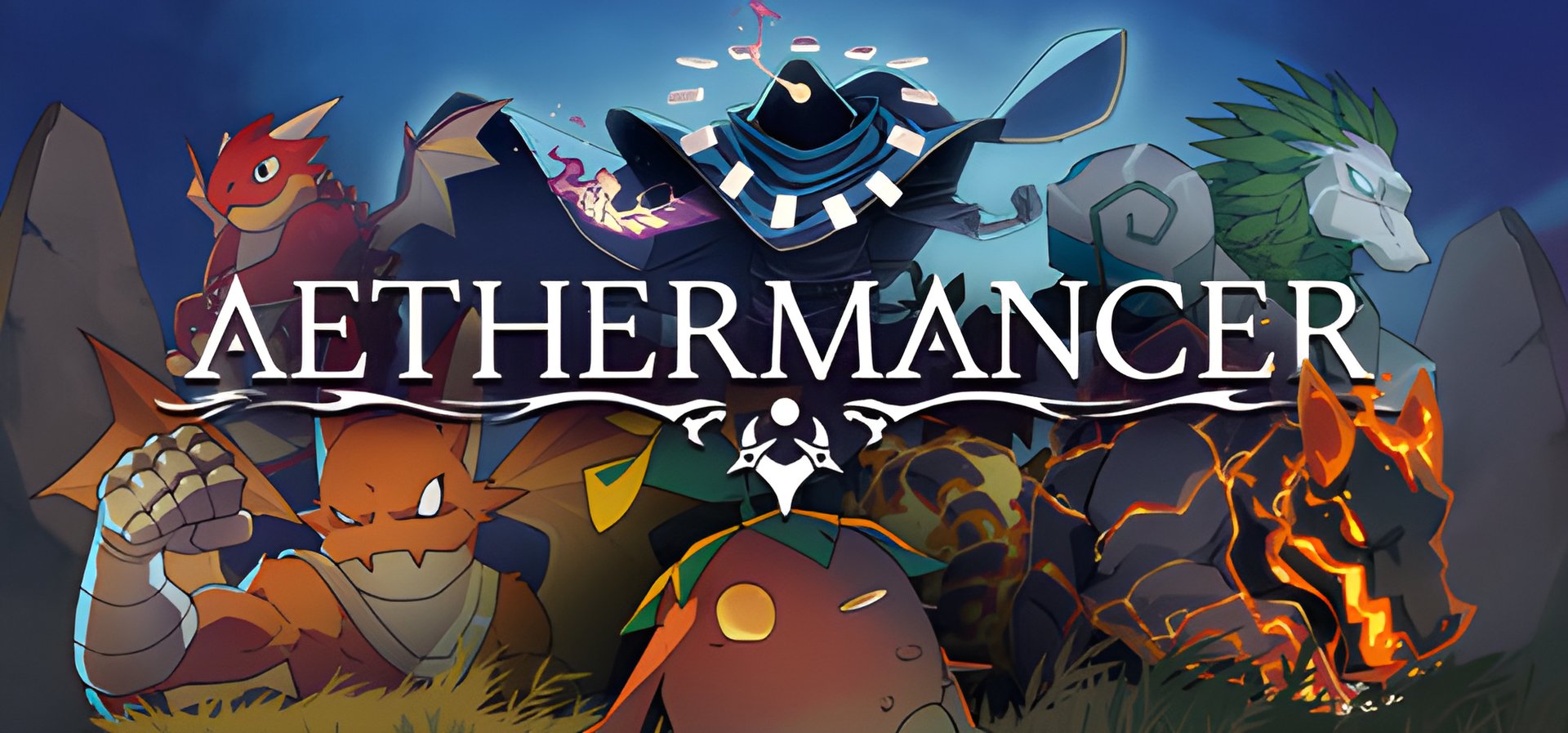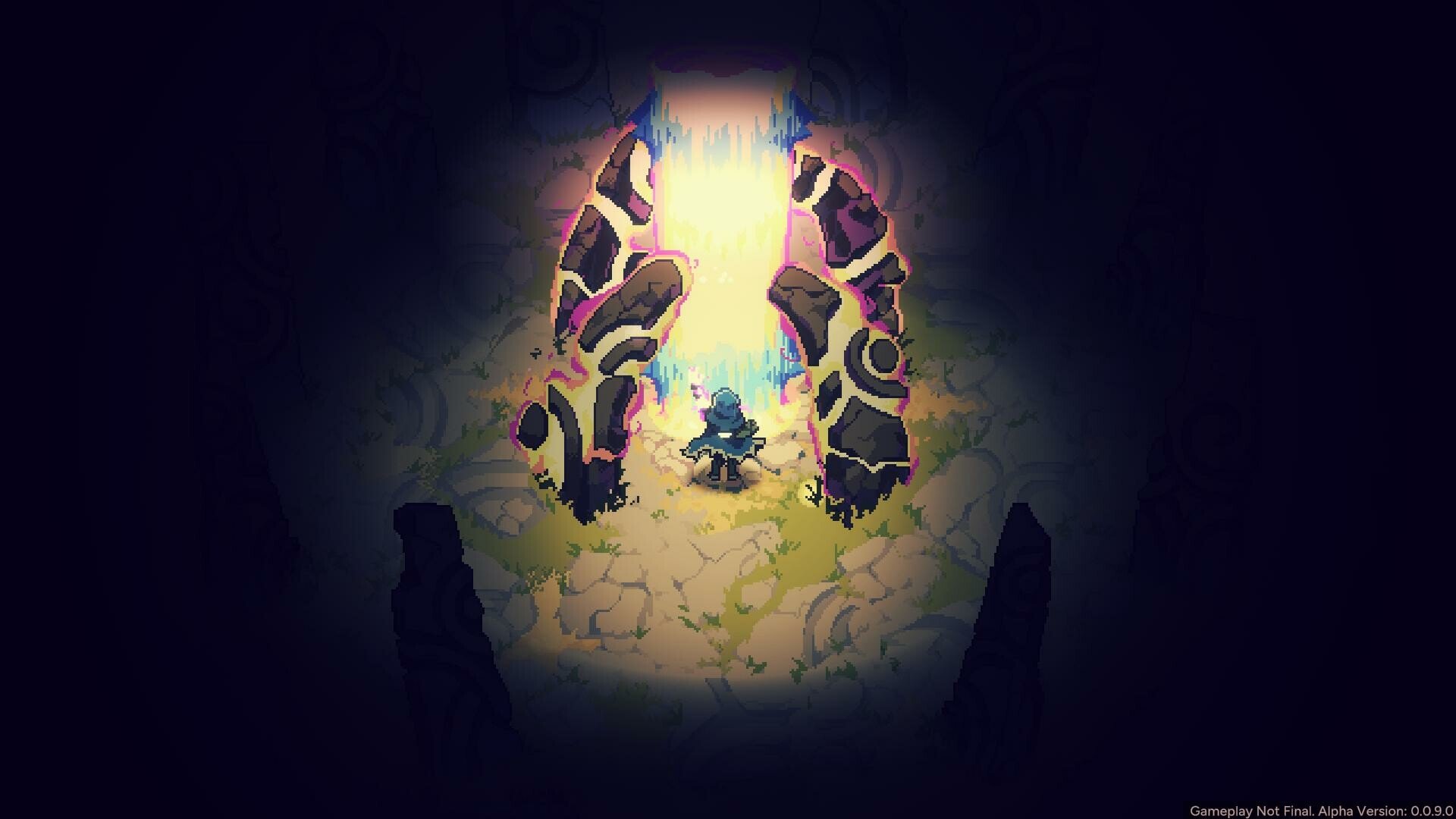The world of monster-taming roguelites has a new contender: Aethermancer. This game, developed by Moi Rai Games and published by offbrand games, puts you in the role of an Aethermancer, tasked with bonding with monsters and guiding them through a dangerous world. But does Aethermancer live up to the hype, and is it worth your time and money? This review will cover the core gameplay, the innovative rebirth mechanic, and overall value to help you decide if Aethermancer deserves a spot in your Steam library. Is it going to become a top seller? Let's find out.

Dive into the World of Aethermancer
Aethermancer combines the addictive nature of monster-taming games with the replayability of roguelites. You explore procedurally generated levels, engage in turn-based battles, and manage a party of up to three monsters. The game's core mechanic revolves around forming soul bonds with monsters, each possessing unique skills and elemental affinities. As an Aethermancer, your choices and encounters heavily influence the narrative and the world around you.
One of the most interesting aspects of Aethermancer is the rebirth mechanic. When a monster dies in combat, it's gone for good... unless you use your Aethermancer abilities to rebirth their souls. This doesn't just bring them back to life; it can also alter their form and grant them new abilities, making them stronger and more versatile in subsequent runs. This adds a layer of strategic depth as you must constantly adapt to your team's ever-changing composition and abilities.
The turn-based combat in Aethermancer is engaging and requires careful planning. You must manage the four elements of Aether – fire, water, earth, and air – to unleash powerful spells and exploit enemy weaknesses. Synergies between your monsters are crucial, encouraging you to experiment with different team builds and strategies. Whether you prefer purging enemy Aether, grinding them down with poison, or shielding your allies, Aethermancer offers a wide range of tactical options.
Beyond the combat, Aethermancer features a sprawling world filled with characters to meet, stories to uncover, and a village to liven up. By gathering townsfolk, hearing their stories, and completing quests, you contribute to the growth and prosperity of your community. This adds a layer of world-building and investment to the roguelite formula, making each run feel more meaningful.
Aethermancer's target audience is broad, appealing to fans of monster-taming games like Pokémon and Monster Hunter Stories, as well as roguelite enthusiasts who enjoy games like Slay the Spire and Hades. The game's blend of strategic combat, character progression, and procedurally generated environments offers something for everyone.
Aethermancer: Performance, Value, and Is It Worth It?
Let's delve into the nuts and bolts of Aethermancer: how well does it run, what's the asking price, and ultimately, is it worth your hard-earned cash?
System Requirements
First, let's examine the official system requirements:
Minimum:
- OS: Windows 10, MacOS Mojave 10.14, Ubuntu 14.04
- Processor: Intel i5 4670 (4 Cores 4 Threads), 3 GHz Intel Core i5, Athlon 200GE
- Memory: 8 GB RAM
- Graphics: NVIDIA Geforce GT1030 (2 GB GDDR5 VRAM), Radeon Pro 555, Radeon R7 260
- Storage: 6 GB available space
Based on these specs, Aethermancer is relatively accessible, even for players with older PCs. The game's 2D art style and optimized engine contribute to smooth performance across a wide range of hardware.
Performance Analysis
During testing, Aethermancer ran flawlessly on a mid-range gaming PC. Frame rates remained consistently high, even during intense battles with multiple enemies and particle effects. While some users have reported minor performance hiccups on older systems, the developers have been actively addressing these issues through patches and updates.
Pricing and Value
Aethermancer is priced at $19.79 (USD) with a 10% discount at the time of writing. Considering the amount of content on offer – including procedurally generated levels, a deep combat system, and a compelling rebirth mechanic – this price point represents excellent value. The game's high replayability ensures that you'll get plenty of hours of entertainment for your money.
Platform Comparison
Currently, Aethermancer is available on Steam for Windows and Linux. There's no Aethermancer ios or Aethermancer android release currently, but given the game's art style and turn-based gameplay, a mobile port seems like a natural fit. The game is also not available on Switch. While there is no official announcement, fans have wondered if an Aethermancer switch release date is in the works, but this remains unconfirmed.
When compared to other monster-taming roguelites, Aethermancer holds its own with its unique rebirth mechanic and engaging combat system. Games like Monster Train and Siralim Ultimate offer similar gameplay loops, but Aethermancer sets itself apart with its focus on character progression and world-building.

Aethermancer: Roguelite Done Right
Aethermancer has quickly risen to the top seller lists. It offers a compelling blend of monster-taming and roguelite mechanics, creating a unique and engaging gameplay experience. But what makes Aethermancer stand out from the crowded roguelite genre, and what can players expect in the long term?
One of Aethermancer's strengths is its robust character progression system. As you level up your monsters, you can choose from a dynamic skill pool that reacts to previous choices and other monsters in your team. This allows for a high degree of customization and encourages experimentation with different team builds.
The game's procedurally generated levels and events also contribute to its replayability. Each run offers a fresh challenge, with new areas to explore, enemies to encounter, and secrets to uncover. The rebirth mechanic adds another layer of depth, as you must adapt to the ever-changing abilities and forms of your monsters.
Aethermancer's community is also growing rapidly, with players sharing team builds, strategies, and fan art on forums and social media. The developers have been actively engaging with the community, soliciting feedback, and addressing bugs and issues. This bodes well for the game's long-term support and future content updates.
Looking ahead, Aethermancer has the potential to become a mainstay in the roguelite genre. The developers have hinted at future updates, including new monsters, areas, and gameplay mechanics. A mobile port could also broaden the game's appeal and reach a wider audience. The aethermancer release date reddit community is active, with many players discussing the game and sharing their experiences.
Final Verdict: Is Aethermancer Worth Your Time?
So, is Aethermancer worth buying? Absolutely. If you're a fan of monster-taming games, roguelites, or strategic turn-based combat, Aethermancer offers a compelling and unique experience that you won't want to miss. The game's deep combat system, robust character progression, and high replayability make it a worthwhile investment for any gamer.
While Aethermancer may not appeal to everyone – those who dislike roguelites or monster-taming games may want to steer clear – it's a must-buy for fans of the genre. Its innovative rebirth mechanic and engaging gameplay set it apart from the competition, and its growing community ensures that it will remain a vibrant and exciting game for years to come.
Pros & Cons
✅ Pros
- Unique rebirth mechanic adds depth and replayability
- Engaging turn-based combat with strategic depth
- Robust character progression system with customization
- Procedurally generated levels and events offer fresh challenges
- Active community and responsive developers
❌ Cons
- May not appeal to those who dislike roguelites or monster-taming games
- Some minor performance issues reported on older systems
- Can be challenging for newcomers to the genre
- No official mobile or console ports currently announced
- Procedural generation can sometimes lead to repetitive environments